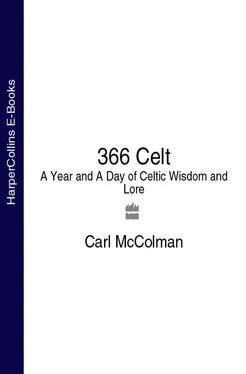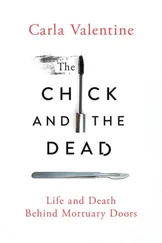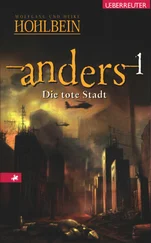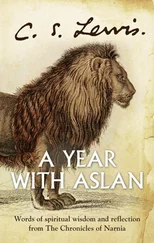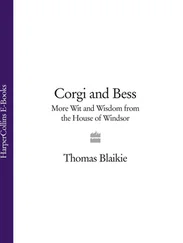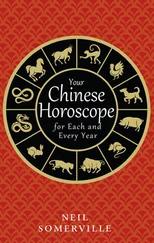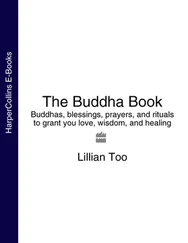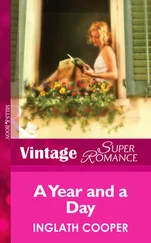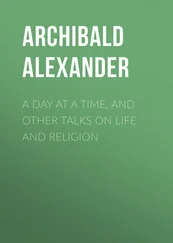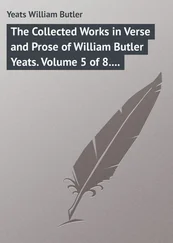
Go Muireann na nGael
Element
An Imprint of HarperCollins Publishers
1 London Bridge Street
London SE1 9GF
www.harpercollins.co.uk

and Element are trademarks of
HarperCollins Publishers Limited
First published 2005
Copyright © Carl McColman 2005
A catalogue record for this book is available from the British Library
Carl McColman asserts the moral right to be identified as the author of this work
All rights reserved under International and Pan-American Copyright Conventions. By payment of the required fees, you have been granted the nonexclusive, nontransferable right to access and read the text of this e-book on-screen. No part of this text may be reproduced, transmitted, downloaded, decompiled, reverse-engineered, or stored in or introduced into any information storage and retrieval system, in any form or by any means, whether electronic or mechanical, now known or hereafter invented, without the express written permission of HarperCollins e-books.
HarperCollins Publishers has made every reasonable effort to ensure that any picture content and written content in this ebook has been included or removed in accordance with the contractual and technological constraints in operation at the time of publication.
Source ISBN: 9780007193097
Ebook Edition © MARCH 2015 ISBN: 9780008138417
Version: 2015-03-06
Cover
Title Page
Copyright
Introduction
The Path of Approach
The Path of Sovereignty
The Path of the Druid
The Path of Nature
The Path of the Bard
The Path of Mythology
The Path of the Seer
The Path of Neart
The Path of the Saints
The Path of the Fairies
The Path of the Warrior
The Path of the Otherworld
The Path of the Shaman
The Path of the Night
The Path of Meditation
The Path of the Gods
The Path of Hospitality
The Path of Devotion
The Path of the Anamchara
The Path of the Goddesses
The Path of Dreams
The Path of Sacred Sites
The Path of Community
The Path of Sacred Days
The Path of Virtue
The Path of Sacred Animals
The Path of Faith
The Path of Brigit
The Path of the Storyteller
The Path of Magic
The Path of the Three Noble Strains
The Path of the Grail
The Path of Romance
The Path of the Spiral
The Path of Imbas And Awen
The Path of Sacrifice
The Path of the Future
The Path of the Diaspora
The Path of the Ogham
The Path of the Mystic
Acknowledgements
Bibliography
About the Author
About the Publisher
“IN CONVERSATION THEY SPEAK IN RIDDLES, FOR THE MOST PART HINTING OF THINGS AND LEAVING A GREAT DEAL TO BE UNDERSTOOD.”
Thus did the classical writer Diodorus Siculus describe the druids, the original keepers of Celtic wisdom and lore. What we mostly know about the druids reveals just how much we do not know: we know they did not write down their lore, we know that they were not only spiritual leaders but also scientists/intellectuals; and yet even so we know that they were the ritual priests, the soothsayers, and the interpreters of omens. And apparently, they did it all with a rollicking good humor, and uncanny ability to speak in oblique and mysterious ways.
The Celtic world is a world of poetry before philosophy; of mysticism before theology; of magic before logic. Storytelling matters more than the ability to explain something in dry, step-by-step detail. The Celts are, and always have been, a people with one foot in the otherworld, and thus are governed by the enigmatic conventions and customs of that spiritual realm: where time is meaningless, love is forever, and dancing just might never ever end.
The book you’re holding is written with the spirit of the old druids in mind. Riddles and hints matter more here than direct explanations or matter-of-fact descriptions. This is a book of meditations, but what does that mean? Some of the pages that follow invite you into a world of fairies and goddesses; others sneak significant symbols past you in the guise of a summary description of this or that aspect of the tradition. There are 366 pages of thoughts and ideas and invitations into the inner world—read them a day at a time, or get wild and swallow up a week or even a month at a single sitting. I decided to number the entries, rather than date them—daily meditation books seem so structured and tight, if you read “May 17” on any other day it’s just, well, wrong. That, of course, is an invitation to utter chaos, at least as a riddle-talking Celt sees it. So I decided to circumvent the chaos and give each reader the freedom to explore these 366 “morsels” in whatever way works best for you.
The entire collection is organized in 40 different “paths,” each one consisting of 3, 9, or 21 meditations. No one path is required as a prerequisite for any of the others. Once in a while paths crisscross and you’ll encounter the same figure or event that you bumped into three or four paths back. The Celtic tradition just kind of works that way.
Feel free to jump around between the paths, or even within any one path. Read these pages in order, or not. The choice is yours. 366 pages later, you’ll have covered a nice slice of the Celtic terrain. And you’ll still be an absolute beginner in the world of the Celts. Listen to the druids: they’ll have more riddles to offer you. Some will open up amazing shafts of light that will illuminate and inspire you. Others will leave you scratching your head and wondering, “Huh?” That, too, is part of the territory.
May the blessings of the four directions, the three realms, the two worlds, and the one source fill all your days with laughter and joy.
Carl McColman
Summer Solstice 2004
Note on spelling: The names of Celtic deities and heroes can be spelled many different ways. For the sake of simplicity, I have chosen to conform to the spelling found in MacKillop’s Dictionary of Celtic Mythology (Oxford University Press, 1998). Brigit poses a unique problem since both a goddess and a saint bear the same name. Following MacKillop, in this book I have identified the goddess as “Brigit” and the saint as “Brigid.”
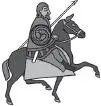
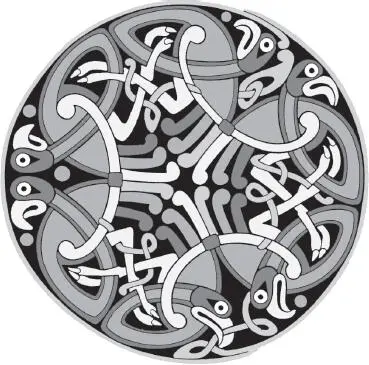
The Celts are the people of the end of the world. Just as the tip of the Cornwall peninsula is called Land’s End, so too has Ireland been regarded since ancient days as the last stop before the mysterious otherworld located over the waters. Today that sense of mystery has been lost by knowledge of global geography—a traveler leaving the British Isles heading west arrives not at Tír na nÓg but rather comes to Boston or New York. But if we insist on approaching Celtic wisdom with a purely materialistic sense of things, then we run the risk of missing out on the glory and grandeur of their mystical sensibility. Britain and Ireland and Brittany may no longer be the ends of the physical earth, but they can still represent for us a final stopping place before that immense and mysterious journey to the spiritual world that lies just beyond the reaches of the senses.
Читать дальше
